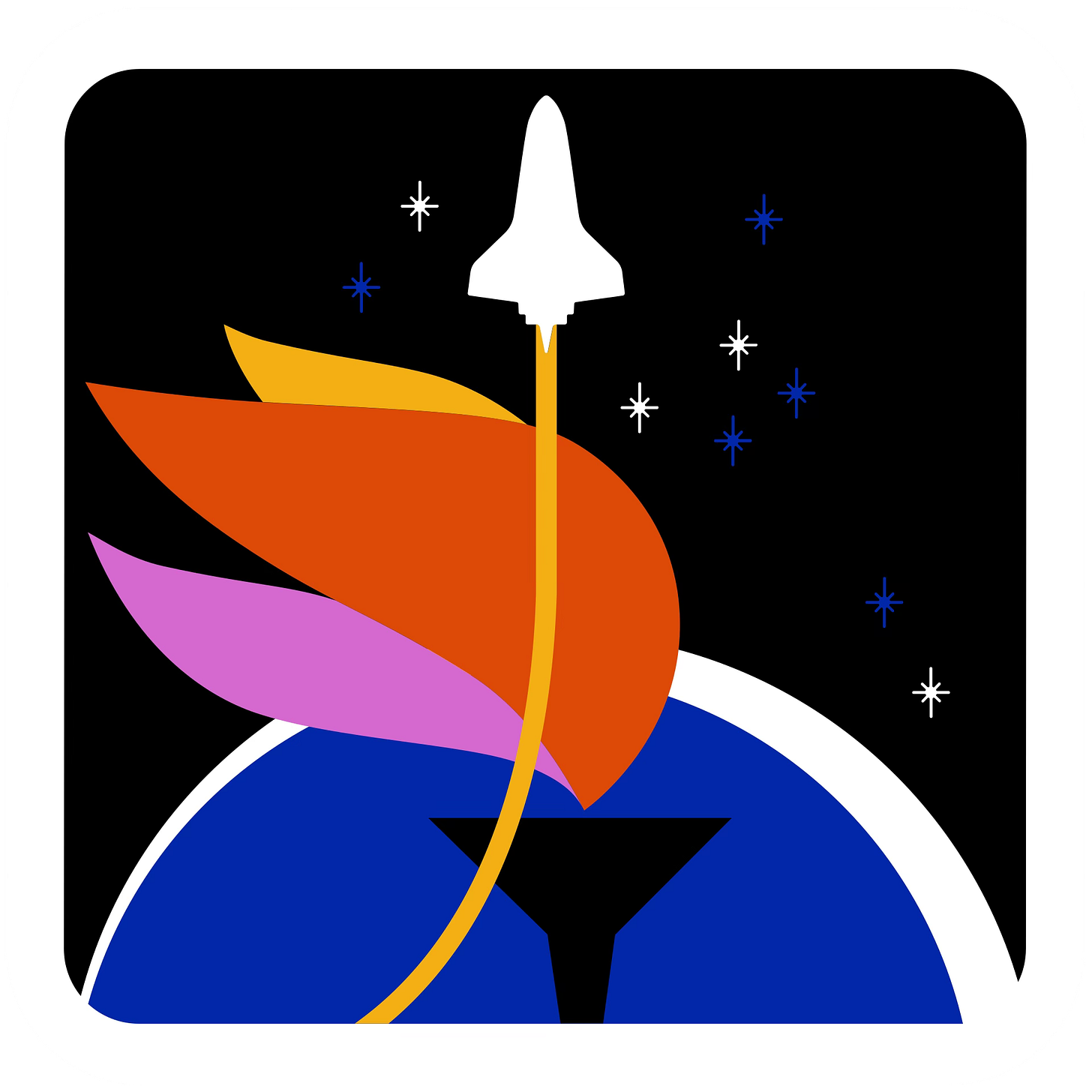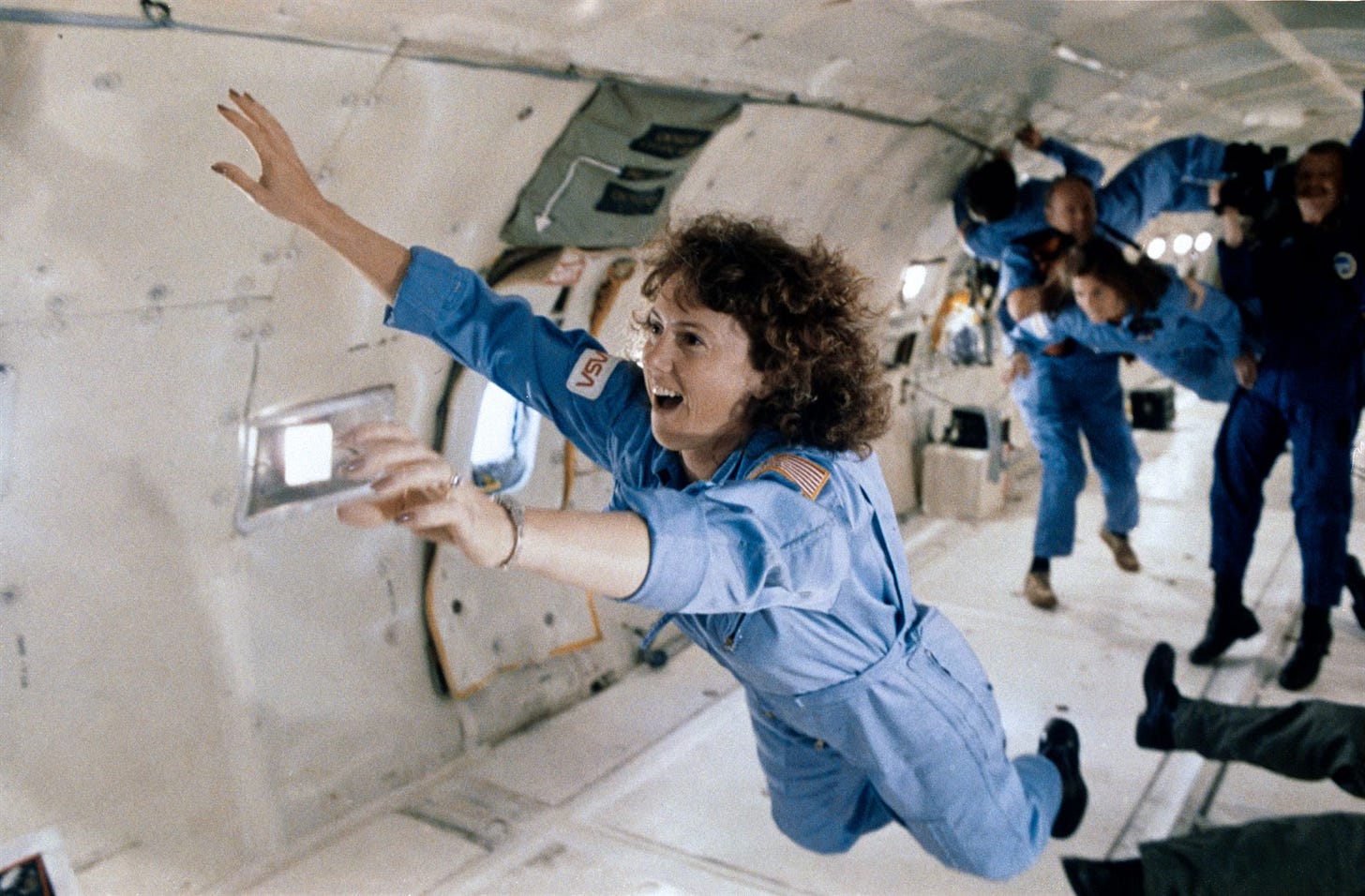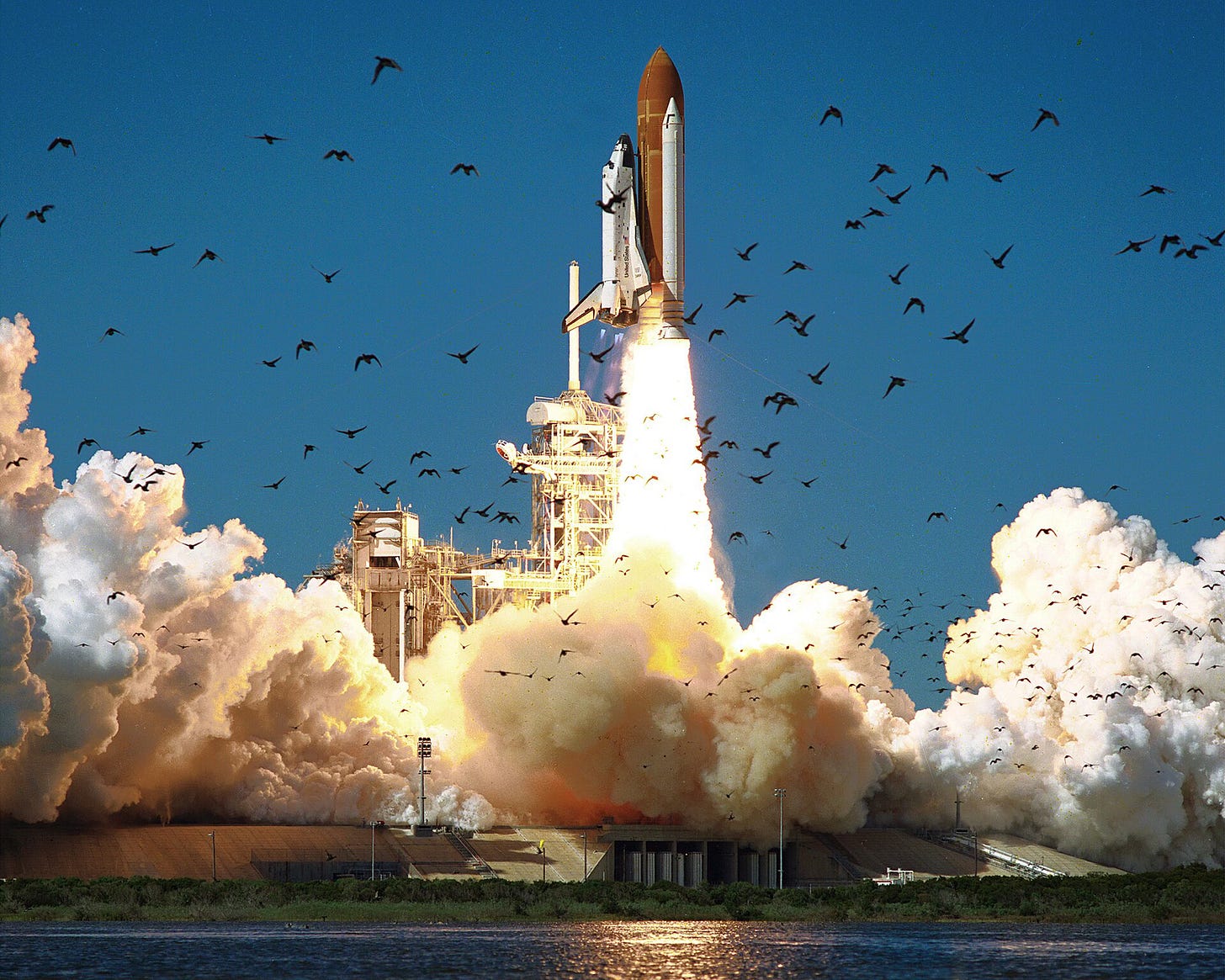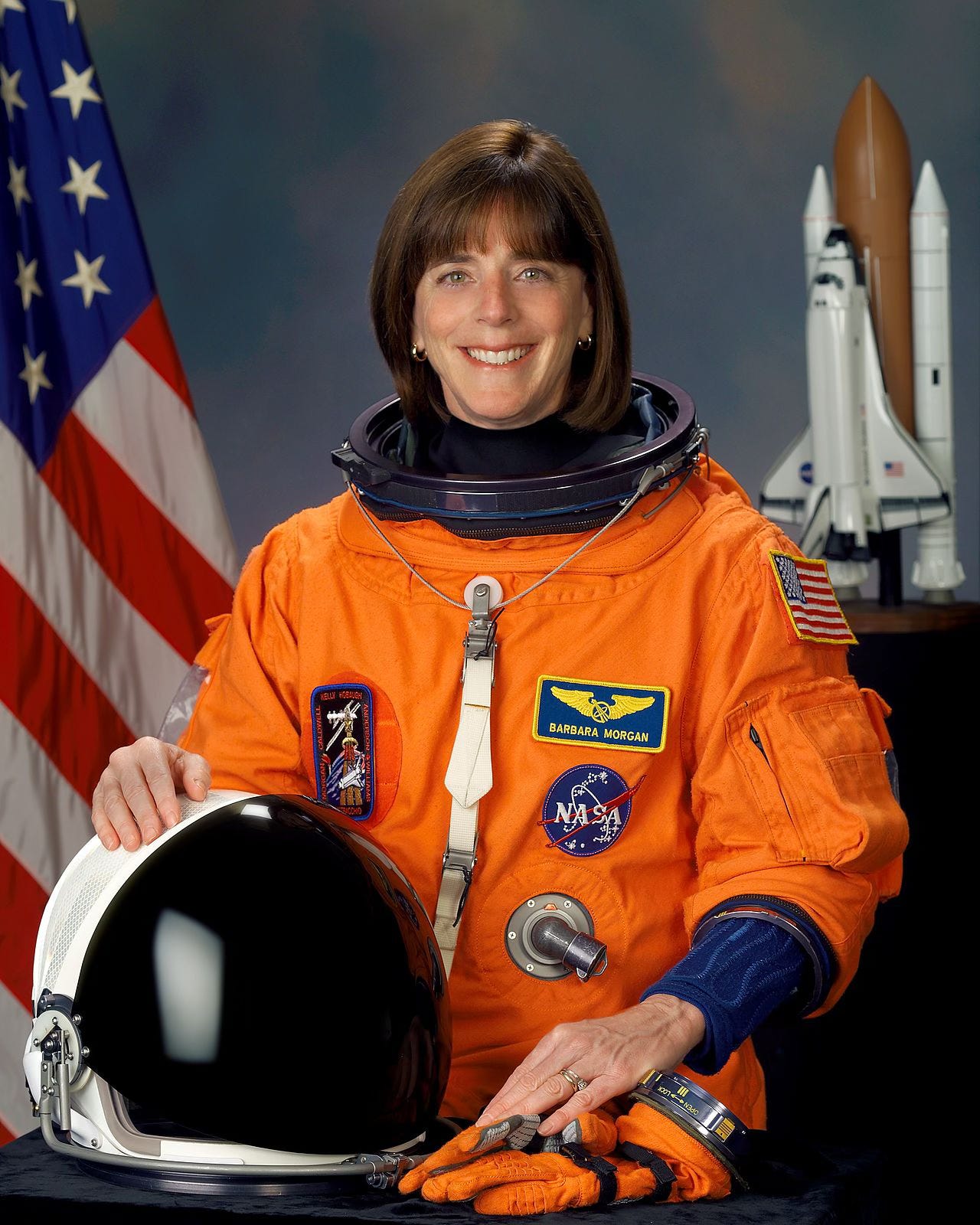"Teacher in Space" Project - NASA's Failed Attempt To Make Space Travel Attainable To Everyone
Announced in 1984, the "Teacher in Space" project was supposed the mark the turning point for NASA's Space Shuttle Program, intended to take civilians to low-Earth orbit.
When Space Shuttle Challenger exploded seventy-three seconds after lift-off on January 28, 1986, the world stood still while it tried to come to terms with what transpired. The highly publicised mission that reignited the nation’s interest in the Shuttle program, Challenger’s tenth flight was intended as the Shuttle program’s saving grace. Ever since STS-1 successfully marked a new era in NASA’s history in April 1981, the Shuttle program struggled due to a change in NASA’s organisational culture, a reduced budget and an increasing amount of public pressure. To motivate Americans to follow Shuttle launches and inherently support NASA’s work through taxpayer money, President Reagan announced a project intended to bring the agency one step closer to flying ordinary people to space. Join me today to learn about NASA’s biggest PR disaster to date, and remember how Christa McAuliffe and Barbara Morgan made history in very different ways.
The launch of Columbia on April 12, 1981, marked a fresh start for an agency that sent men to the Moon multiple times and brought them back, successfully. A brand new program with a brand new vehicle intended to be cheaper, faster and safer than those used during the Apollo program, the Space Shuttle seemed like a distant futuristic concept, and not a possible reality. Thanks to the appeal of a reusable vehicle, a more diverse astronaut corpse, and the promise to cost significantly less than NASA’s previous manned programs, early Shuttle missions were closely followed by the public. However, once Shuttle launches became routine, the interest in them started dying down.
Before the “Teacher in Space” project was announced, Jerry Seinfeld entertained the Johnny Carson audience by asking: “The space shuttle…is it back? Right now, people don’t even follow the space shuttle! They should make it exciting. Maybe they should send up some guy that doesn’t want to go.”1 Seinfeld’s comedy special became etched into the collective mind because it represented the overall state of mind of Americans who followed Shuttle launches and longed for fresh excitement in the program. And although a silly and humorous suggestion to strap someone who doesn’t want to go in the Shuttle seat, Seinfeld understood that a hypothetical situation like that would cause a higher level of interest than what the program had to offer at the time.
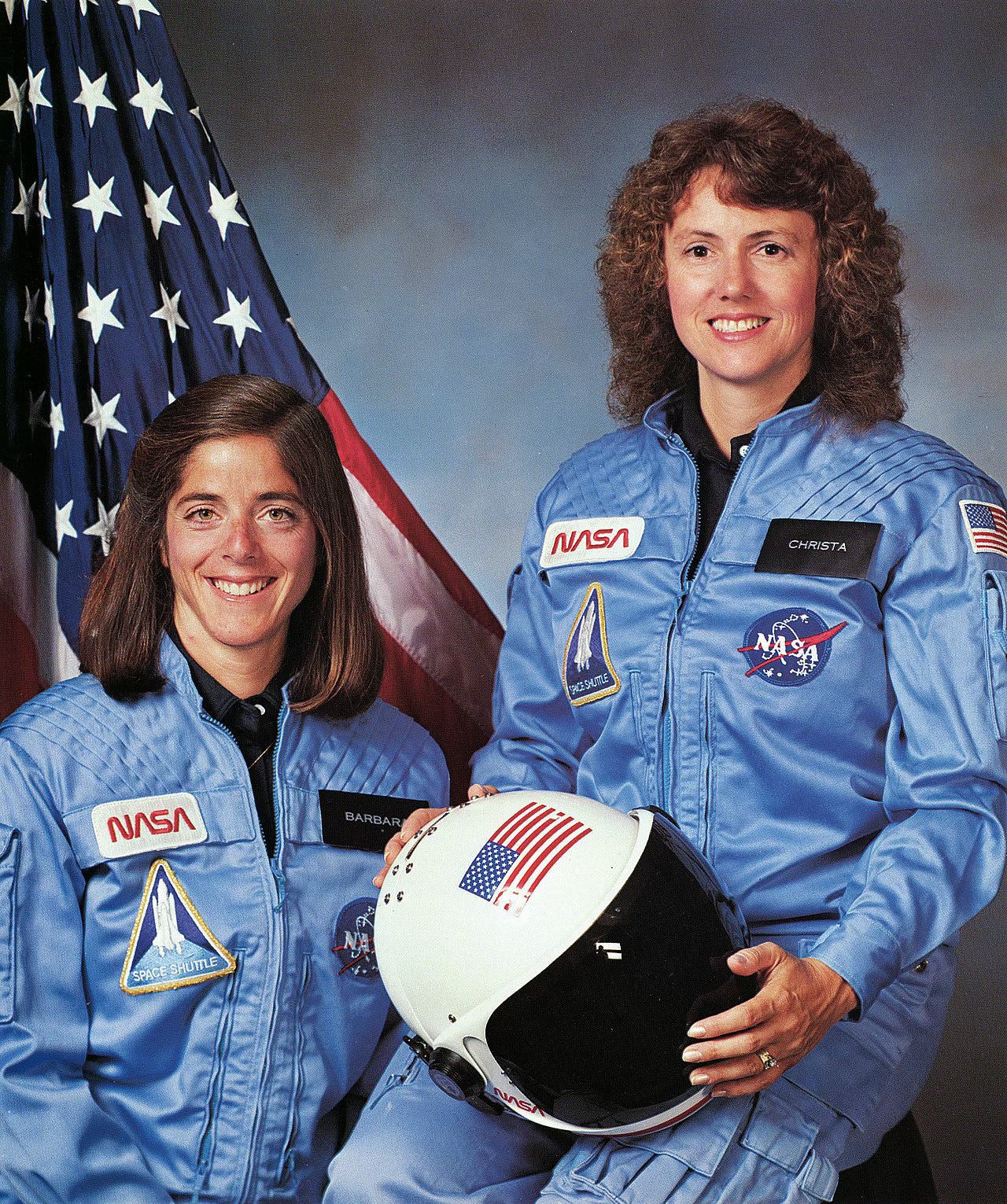
On August 27, 1984, President Reagan officially announced that the first civilian to ever go to space will be “one of America's finest - a teacher.”2 Intended to promote the study of mathematics, science and space exploration, the “Teacher in Space” project received over eleven thousand applications from teachers all across America. Realising it’s a once in a lifetime opportunity, Christa McAuliffe from Concorde, NH, and Barbara Morgan from McCall, ID, both submitted their applications, not realising their lives were about to change.
A wife and mother of two who taught at Concorde High School, Christa was the embodiment of an ordinary American citizen and a sort of idealistic figure for the younger generations to look up to. As a hard-working teacher, a dedicated mother to her young son and daughter, a loving wife, daughter and sister, Christa was someone everyone could relate to, at least to an extent, so it wasn’t shocking when she was selected as the teacher who would fly aboard Challenger in early 1986. With a radiant smile, luscious curls and a never-ending source of optimism, she set a wonderful example to anyone interested in her journey.
Chosen as her back-up in case Christa was unable to fly, Barbara Morgan was another great candidate to become the first civilian in space. A native of Fresno, CA, Morgan worked all across the country before settling in McCall, ID. A wife and mother of two just like Christa, Barbara developed a close friendship with McAuliffe, remembering how Christa baked her a homemade apple pie the first day after moving into their apartments during NASA training.3
Alongside six other astronauts who were assigned to the ill-fated STS-51-L mission, McAuliffe and Morgan prepared diligently for their time aboard Challenger. The two teachers only experienced half of what astronauts usually go through to prepare for missions. From water survival training to flying on the “vomit comet,” AKA a reduced-gravity aircraft, McAuliffe and Morgan enjoyed every second of training to become an astronaut, completely unaware of the dangers the job entailed.
When the Shuttle became operational in July 1982, NASA was finally able to increase the number of missions it would lead in a year. Because this experimental vehicle was deemed “operational” after only four launches, and since it never had an accident until January 1986, NASA cultivated the idea that the Shuttle has become as safe to fly as an airplane. In fact, during an interview Christa gave to “The Today Show” a few days following her selection, she said: “(…) space flight today seems really safe.”4
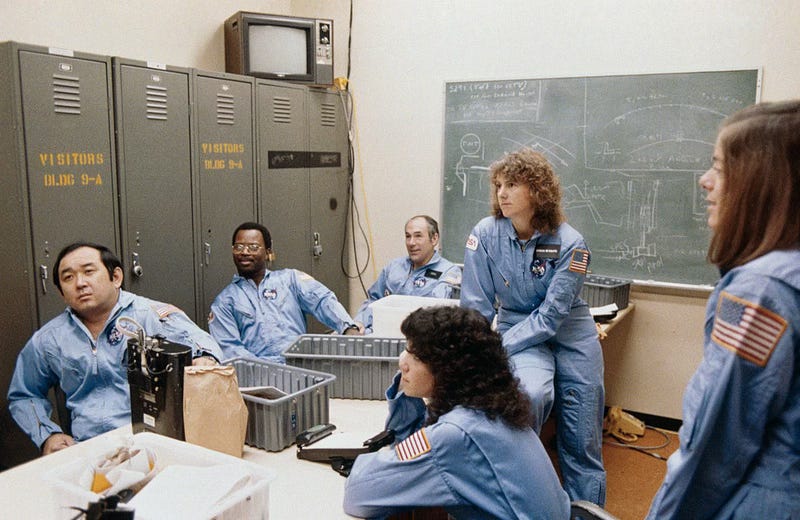
Mission STS-51-L was of vital importance for NASA. The Shuttle program was a national space exploration program led by the National Aeronautics and Space Administration, a government agency funded by the Congress and White House. A national organization is also funded by taxpayer money needed to ensure the agency satisfies national interests and goals. If the people whose money is funding the work of a certain institution aren’t satisfied or interested in what it does, the feasibility to keep it going reduces. Therefore, the public’s approval was of crucial importance to keep the program alive.
And the public was having a blast. On launch day, millions tuned in to follow the historic blast-off from Cape Canaveral. In the stands, children from McAuliffe’s school came to support their teacher on her space journey. Christa’s sister Lisa and their parents came to support her. Morgan watched the launch from her trailer.
Everything looked right at first. But when Challenger turned into a fireball a minute and thirteen seconds after lift-off, it was clear something went horribly wrong. The whole world went from feeling the excitement and joy of what was supposed to be a historic day, to an absolute horror and disbelief at the sight before them. Millions just witnessed the death of seven astronauts on live television.
Following the traumatic death of Christa McAuliffe and her six crew mates, NASA was forced to conduct a full-scale investigation into the accident and ground the fleet for almost three years. In fact, due to the now negative connotation of the “Teacher in Space” project, the project ended in 1990 and was later replaced by the “Educator Astronaut Project” in 1998.
That same year, Morgan was selected as an astronaut candidate, and came back to Johnson Space Center in Houston, TX, to train to become a fully fledged astronaut. Although she lost a close friend aboard Challenger and never got to fly as part of the “Teacher in Space” project, Morgan finally reached low-Earth orbit when she flew aboard Endeavour during STS-118 in 2007. Coincidentally, Morgan was supposed to fly already in late 2004, but following the loss of Columbia in early 2003, all flights were grounded once again until mid-2005.
NASA’s first attempt at making space travel a commodity for everyone went horribly wrong. What I dub the “Titanic of space travel,” Challenger’s explosion is a dark part of NASA’s history that will never fade away, no matter how much time goes by. The sheer ambition of this grand institution is undeniable, but the way they went about it was wrong. Although every loss of life is tragic, Challenger etched itself into the collective mind because it also took the life of “one of us,” an ordinary citizen with big dreams and hopes.
Morgan fulfilled a dream that both her and Christa had. Both also made history: Barbara became the first ordinary citizen in space, and Christa is forever remembered as a brave woman whose life was cut too short. Although a failure, the “Teacher in Space” project serves as a reminder that previous success does not guarantee future success, and that for all those lost aboard Challenger, their “candles burned out long before their legend ever did.”5
Cook 2021, p. 123.
Elton John, Candle in the Wind, 1973




